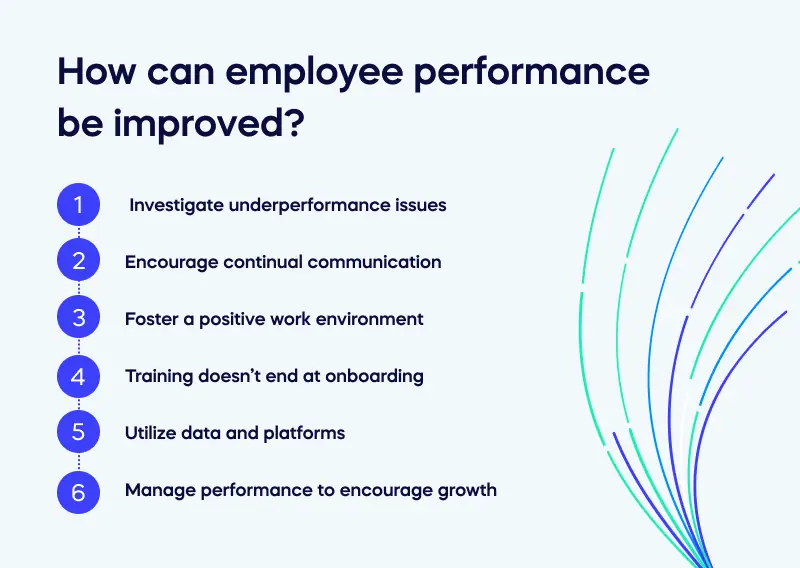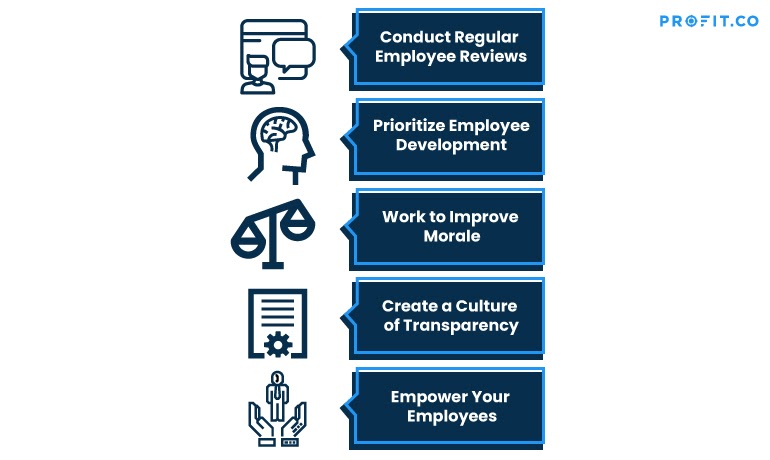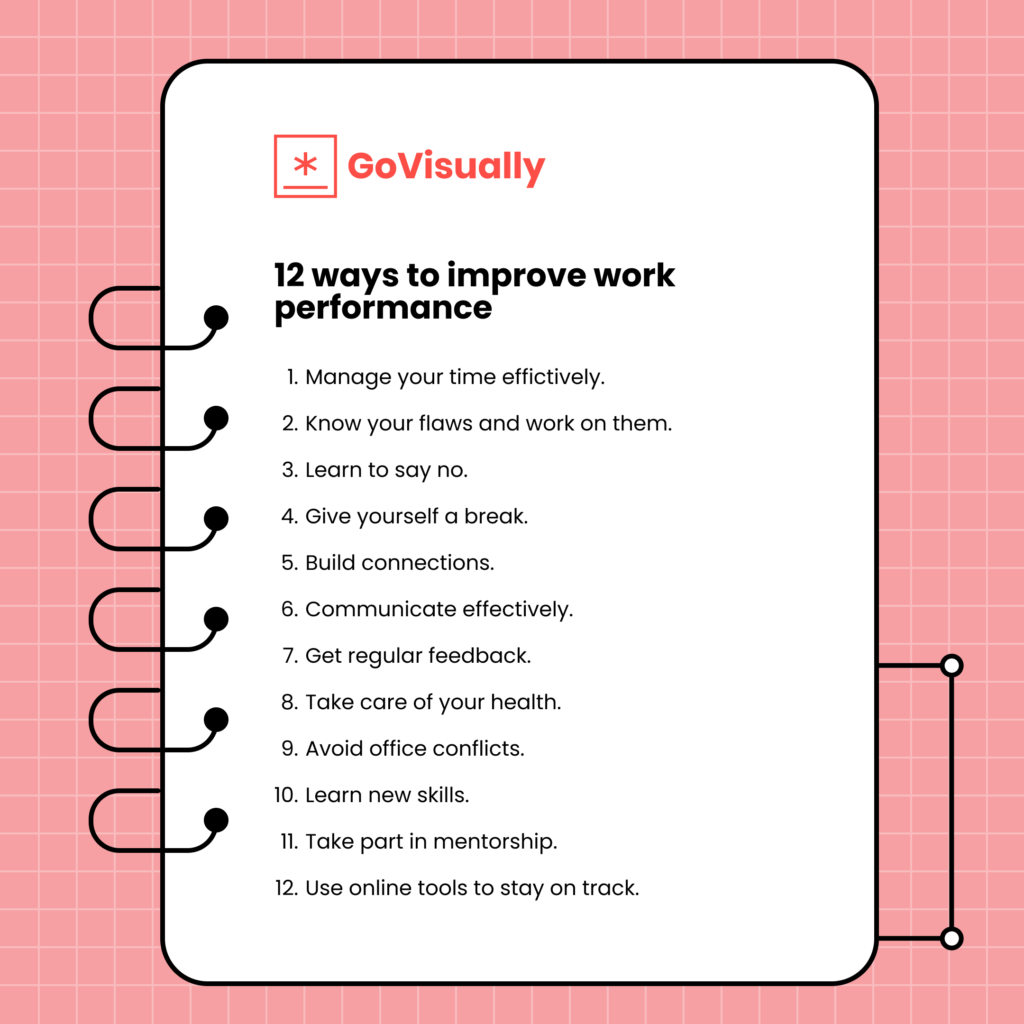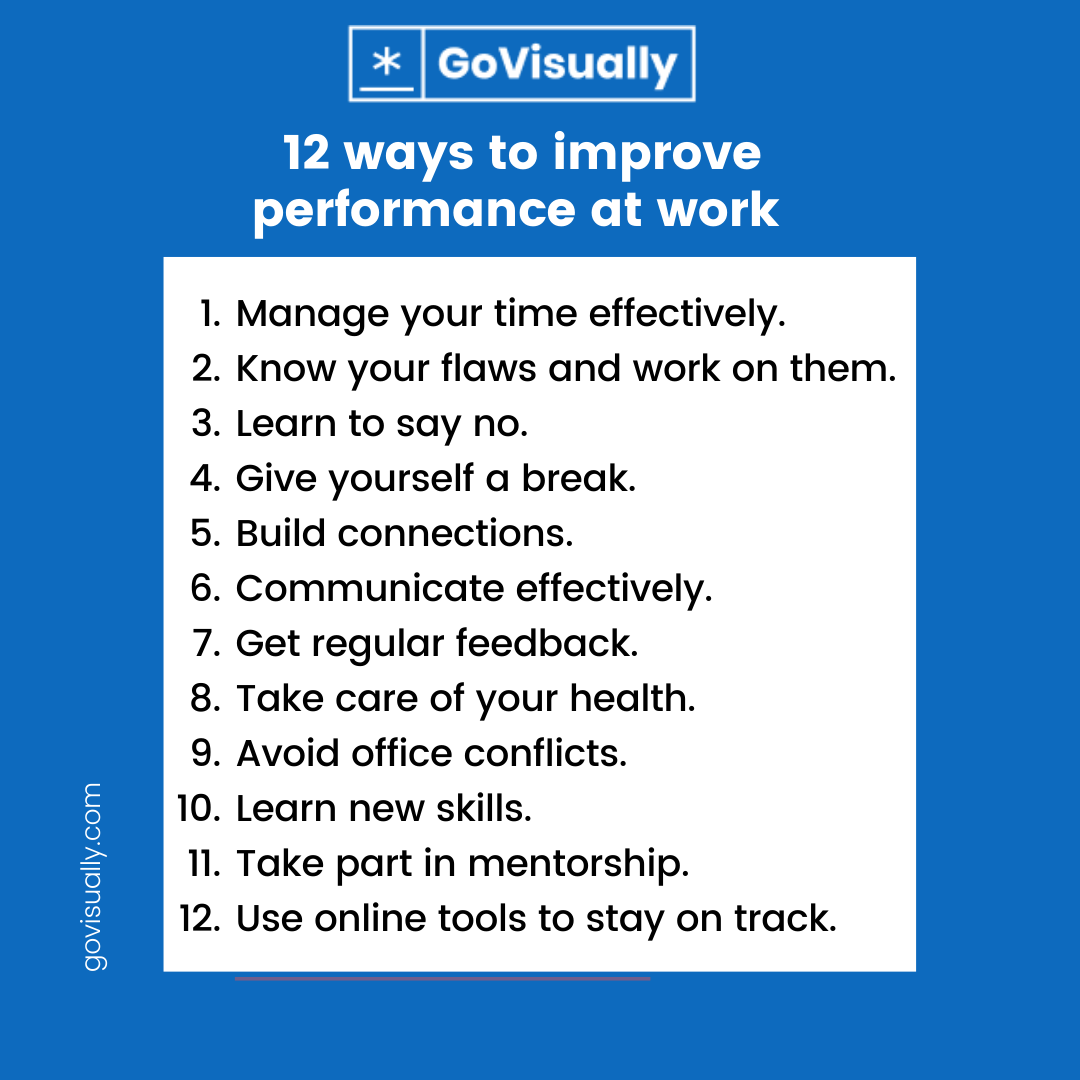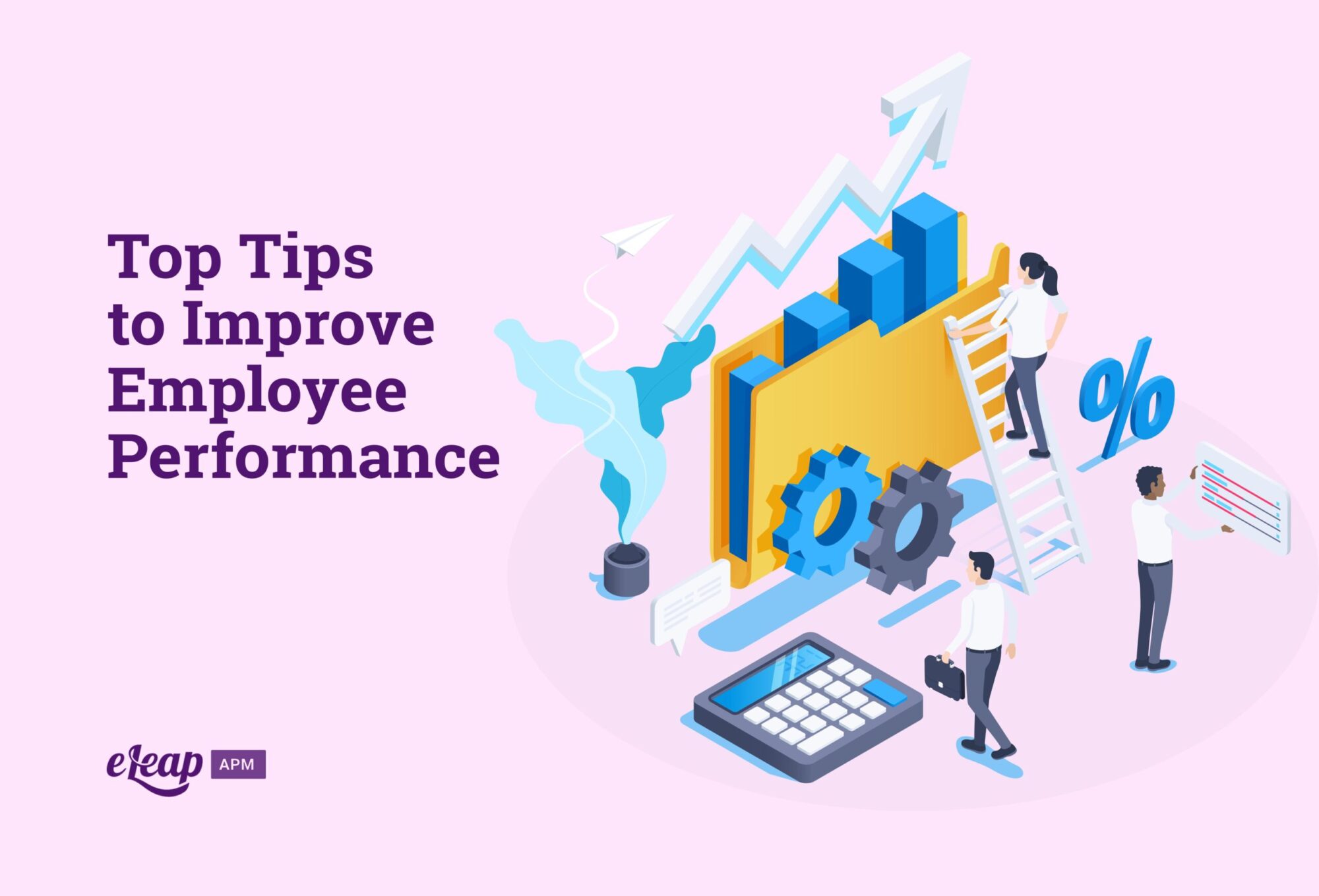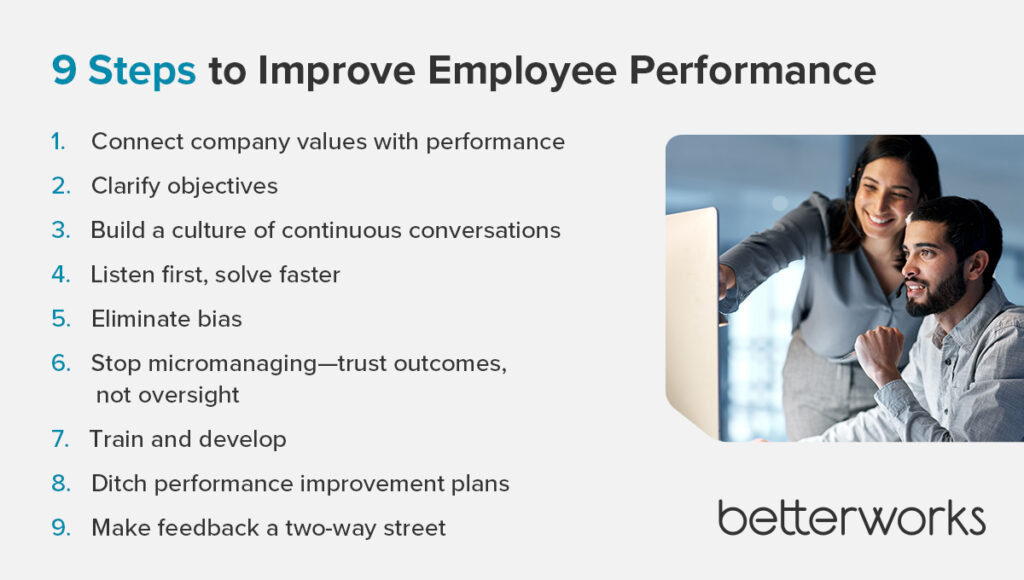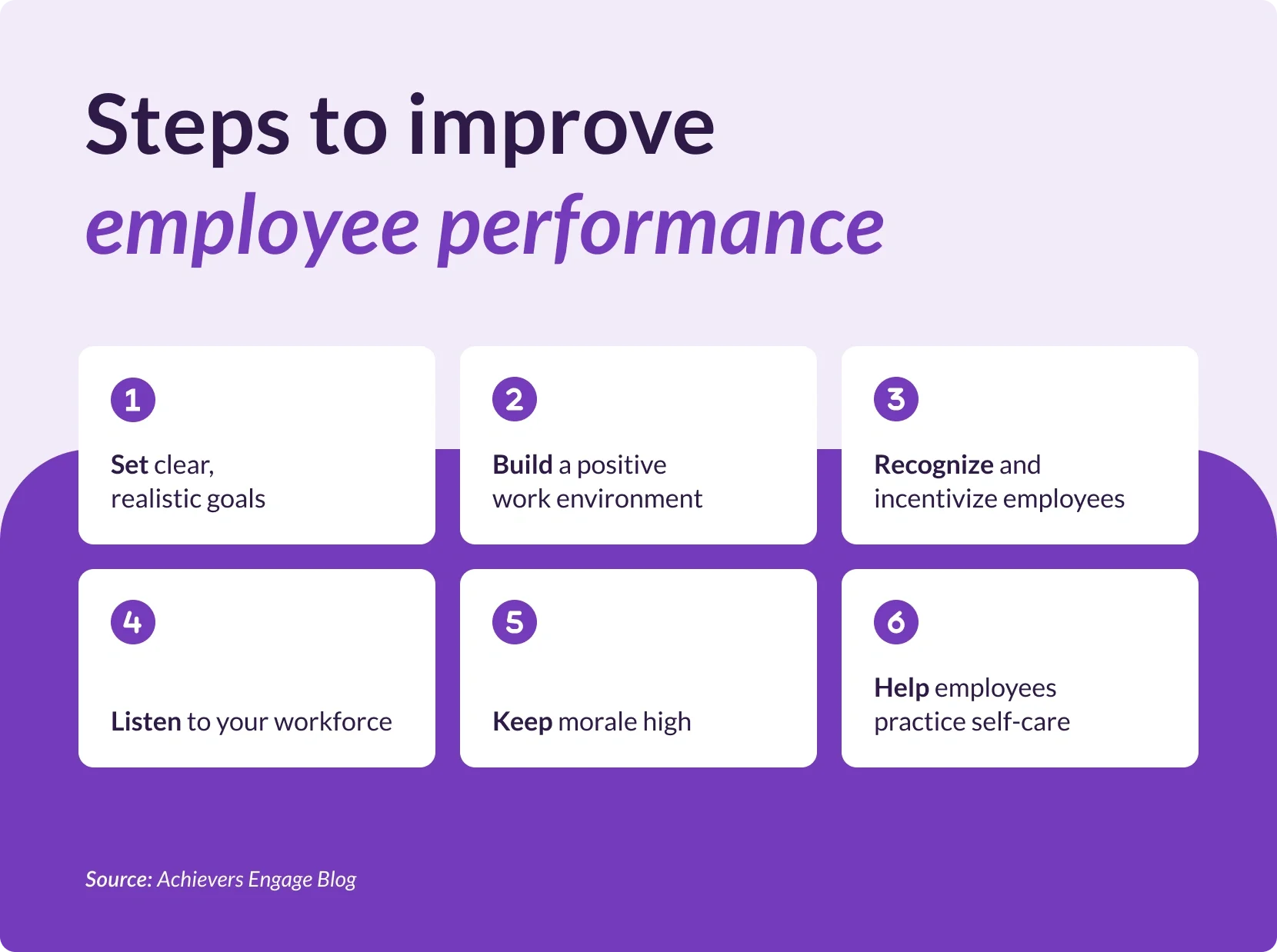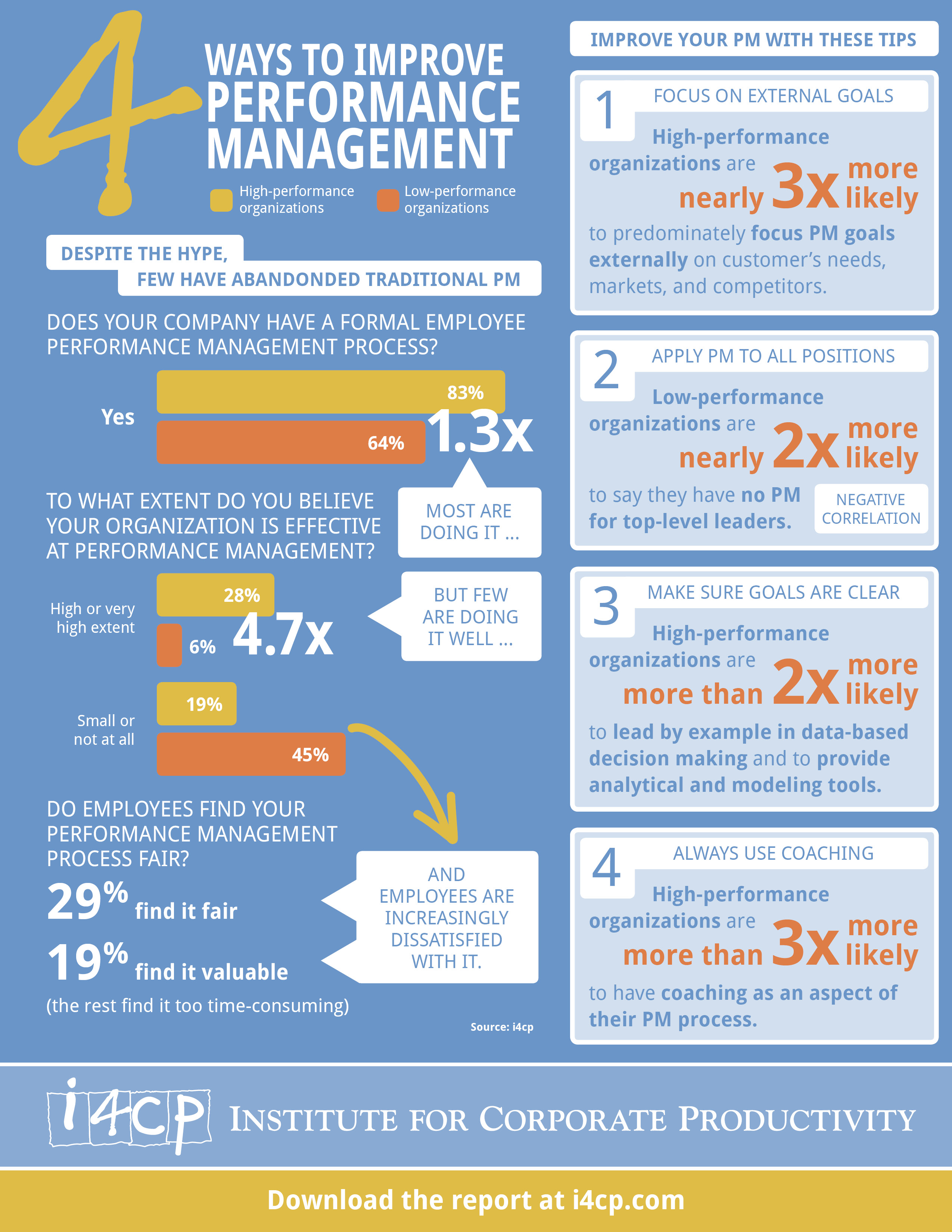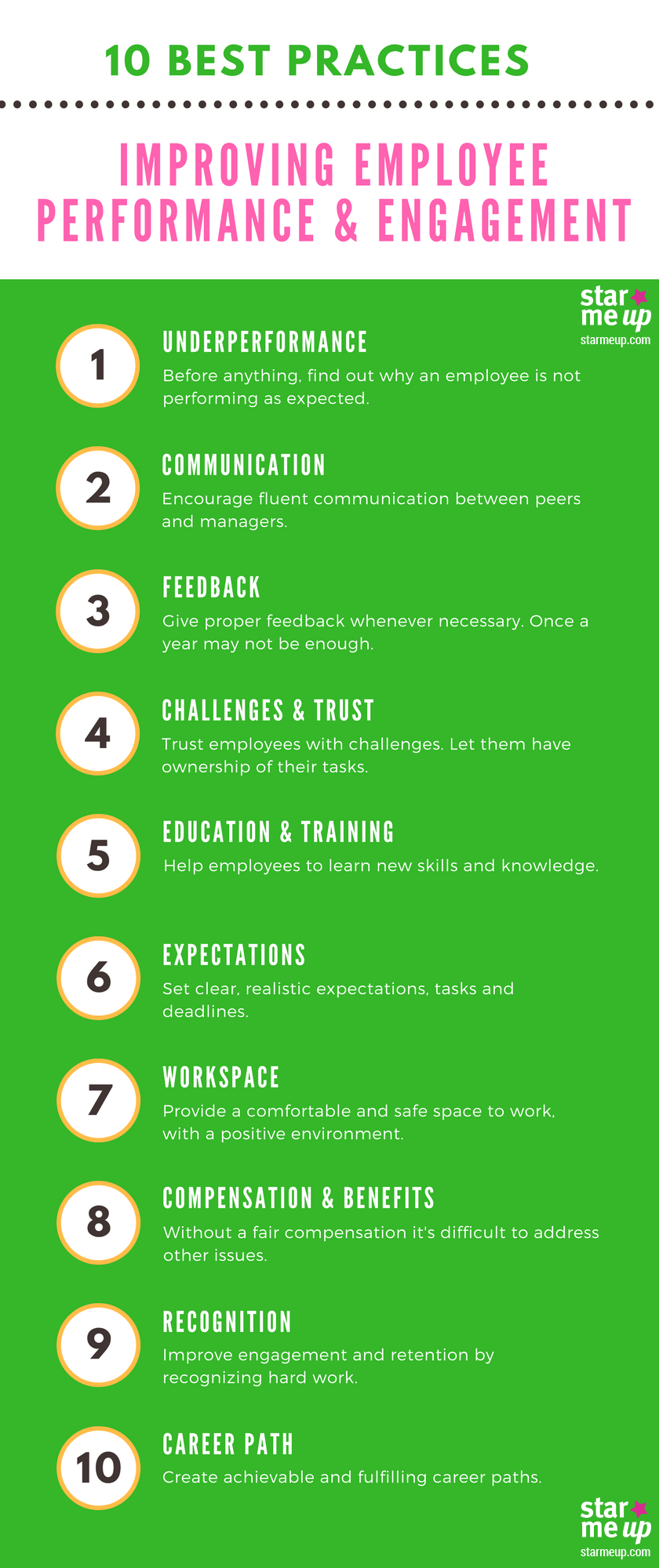Ways To Improve Employee Performance
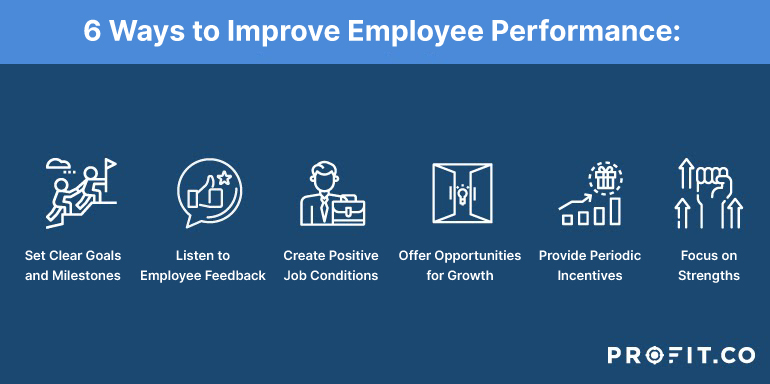
Imagine a workplace humming with quiet energy, where deadlines are met not with sighs of dread but with a sense of purpose. Team members collaborate seamlessly, ideas flow freely, and innovation thrives. This isn't just a utopian dream; it's the potential unlocked when employee performance is nurtured and optimized.
This article explores actionable strategies to enhance employee performance, creating a work environment where individuals feel valued, motivated, and equipped to excel.
Understanding the Foundation
Before diving into specific techniques, it's crucial to understand the underlying factors that influence how employees perform. Motivation, engagement, and a sense of belonging are key.
According to a 2023 report by Gallup, highly engaged teams show 23% greater profitability.
Clear Goals and Expectations
Ambiguity breeds frustration. Clearly defined goals and expectations are essential for employees to understand their responsibilities and how their work contributes to the overall success of the organization.
Regular performance reviews, not just annual ones, offer opportunities for feedback and course correction.
Providing the Right Tools and Resources
Imagine trying to build a house without the right tools – it's inefficient and demoralizing. Employees need adequate resources, from technology to training, to perform their jobs effectively.
Investing in professional development demonstrates a commitment to employee growth, which can boost morale and enhance skills.
Cultivating a Positive Work Environment
A toxic work environment can stifle creativity and productivity. Fostering a culture of respect, open communication, and psychological safety is crucial for employee well-being and performance.
Encourage collaboration and teamwork. Celebrate successes, big and small, to reinforce positive behavior and build a sense of community.
Actionable Strategies for Improvement
Beyond the foundational elements, several specific strategies can be implemented to boost employee performance.
Performance-Based Incentives
Rewarding employees for achieving specific goals can be a powerful motivator. Incentives can range from bonuses to promotions to public recognition.
The Society for Human Resource Management (SHRM) suggests that incentives should be clearly tied to performance metrics and aligned with organizational goals.
Investing in Training and Development
Continuous learning is essential in today's rapidly evolving work environment. Provide opportunities for employees to enhance their skills and knowledge through training programs, workshops, and mentorship opportunities.
Consider offering tuition reimbursement or sponsoring employees to attend industry conferences.
Empowerment and Autonomy
Give employees a sense of ownership over their work by empowering them to make decisions and take initiative. Autonomy can lead to increased job satisfaction and creativity.
Encourage employees to propose new ideas and solutions. Create a culture where experimentation and innovation are valued.
Regular Feedback and Communication
Frequent and constructive feedback is essential for helping employees improve their performance. Provide regular opportunities for one-on-one meetings, performance reviews, and informal check-ins.
Actively listen to employee concerns and address them promptly. Open communication fosters trust and transparency.
Promoting Work-Life Balance
Burnout can significantly impact employee performance. Encourage employees to maintain a healthy work-life balance by offering flexible work arrangements, promoting vacation time, and discouraging overwork.
Lead by example and demonstrate the importance of taking breaks and prioritizing well-being.
The Ripple Effect
Improving employee performance isn't just about boosting productivity; it's about creating a thriving and engaged workforce. When employees feel valued, supported, and empowered, they are more likely to be motivated, creative, and committed to their work.
This translates to improved customer satisfaction, increased innovation, and ultimately, greater organizational success. It is a win-win scenario.
Ultimately, investing in employee performance is an investment in the future of the organization. By implementing these strategies, businesses can create a workplace where employees thrive, and success becomes the norm.
